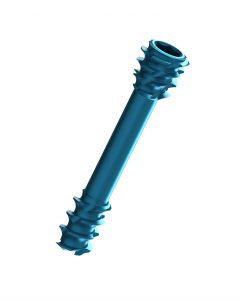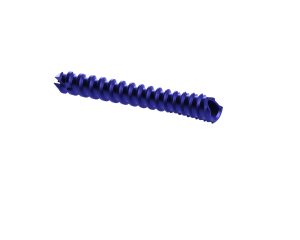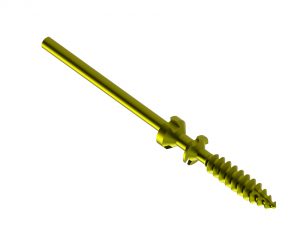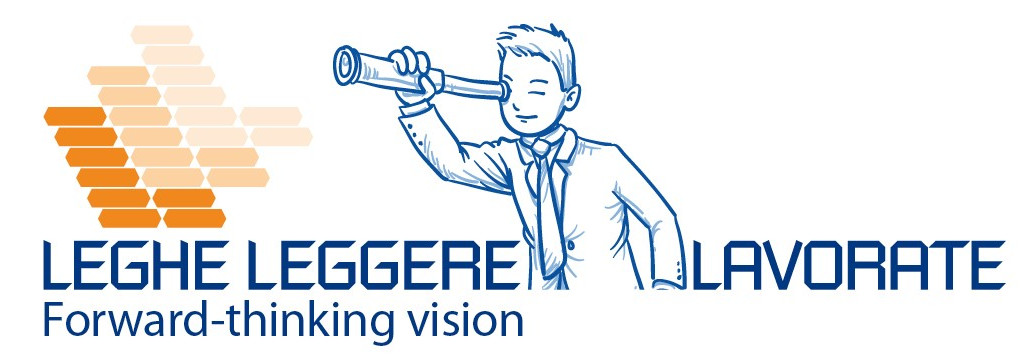Hallux valgus is considered the most common deformity in humans. It affects one fifth of the adult population more or less severely,. The ratio of men to women is 1 to 4.
HALLUX VALGUS OPERATION: THE SOLUTION TO VERY SERIOUS PROBLEMS
This type of deformity progressively worsens over time causing, in addition to aesthetic problems, various much more serious problems:
- persistent or intermittent pain
- calluses
- difficulty putting on shoes
The causes of this pathology aren’t clear yet. There are various hypotheses, but none of them completely conclusive. The most shared possibility is that it doesn’t depend on a single factor. Over time, this set of factor lead to a worsen deformity, making it difficult to live with persistent pain and also involving the second and third toes.When it is no longer possible to relieve pain, the only solution is surgery.
HALLUX VALGUS OPERATION AND SCREWS
There are several corrective surgical techniques for hallux valgus, it is difficult to say which is the best.
The main advantage of modern techniques is that they tend to reconstruct the anatomical structure by realigning it, thanks to a little aggressive surgical approach.
These operations use very special titanium screws, typical of this application. These screws have very different geometries. These differences are due to the surgical technique used. Below you can see some examples.



The geometry of the screws is designed to achieve various purposes. For example: the shape and pitch of the threads facilitate positioning and reduce the effort required for tightening.
The task of compacting the bone is also delegated to the two distal and proximal threads, which have different pitches, in order to improve primary stability and consequently healing.
The geometry of the apical part of the screw also has important advantages in the positioning phase of the same.
These geometries are designed in such a way as to self-perforate the bone, resulting in a very precise guide hole that will bring the screw to the distal target desired by the surgeon.
It should not be forgotten that, since they do not have to be removed (except in exceptional cases), these screws are designed to osseointegrate very easily with the bone.
For further information and to discover more about our company: https://rebrand.ly/LegheLeggereSEO

